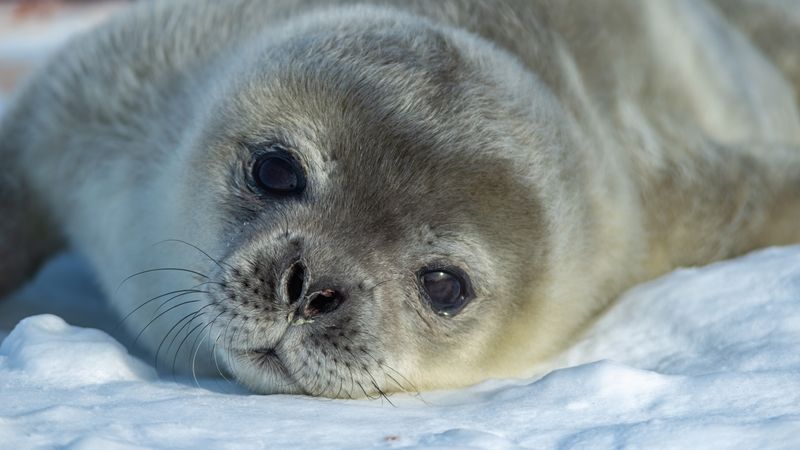Fish and deserts don’t seem a natural combination, but one Australian freshwater fish has made Australia’s arid and semi-arid lands its home. A study of how it does this has found the populations of desert rainbowfish (Melanotaenia splendida tatei) thriving in conditions where evolutionary theory would suggest they shouldn’t. The findings not only represent good news for the chances of this particular subspecies surviving a hotter world, they could change how we think about others hanging on against adversity.
Central Australia can go years without rain, followed by mighty floods. Right now parts of the Australian inland are so wet trucks are taking a 3,000 kilometer (1,860 mile) detour to find a dry route to bring food to remote communities.
Professor Luciano Beheregaray of Flinders University and his team were intrigued by the survival of rainbowfish in isolated waterholes. They compared rainbowfish genetics at 18 locations across the Australian inland. In a paper in the journal Evolution titled “Fish out of Water”, Beheregaray and co-authors report something very unexpected.
Beheregaray told IFLScience the genetic evidence reveals “there are not 18 populations, but eight”. That is for thousands of years there has been no crossing the boundaries between the eight distinct catchment areas the fish inhabits. Within these catchments, however, fish have recently interbred between waterholes usually separated by hundreds of kilometers of dry land.
In the eastern part of its range, the rainbowfish lives in relatively permanent waterways – big rainfall events bring extra opportunities, but even the dry years leave enough habitat to support substantial populations. Further west, however, only the deepest waterholes survive through drought, inhabited by populations so small they would be expected to be highly inbred. Small, isolated populations usually lack genetic diversity. Under such circumstances, evolutionary theory suggests, and most examples confirm, living things require stable conditions, having almost entirely lost the capacity to adapt to change.

Yet for the rainbowfish, the opposite is the case. Even tiny populations are genetically diverse and capable of handling regional change.
“This turns on its head traditional thinking that small populations are evolutionary dead ends. Life finds a way, even in the most extreme and unpredictable environments on Earth,” Beheregaray said in a statement.
The fish’s secret lies in taking the opportunity to move between waterholes on the rare occasions floods cover vast areas of the flat landscape. The authors suspect they breed more heavily at these times. Consequently, while a rainbowfish may only have siblings and cousins to mate with for several years, when the chance comes they disperse and breed with far more distant members of their species, ensuring genetic diversity for generations to come.
Rainbowfish from the western catchment areas appear to have evolved traits that make them particularly well-suited to these boom-bust cycles. They possess a different version of a gene that controls taste, smell, and light sensitivity and gives the fish the capacity to determine salinity. Beheregaray and co-authors think the western gene variety may drive the fish to move more when conditions are right, maintaining the connections between populations. This could prove a life-saver if introduced to eastern populations increasingly struggling with a drying environment.
Beheragaray told IFLScience hints of similar small population resilience have been found in some sea birds and southern Australia’s pygmy perch, but never with the clarity seen here.
The finding may suggest some other small populations may be healthier than they seem, and we should not abandon the rarest species as unsavable, as has been suggested. However, Beheregaray stressed to IFLScience, “we should not interpret this incorrectly. Most species need large populations.”




